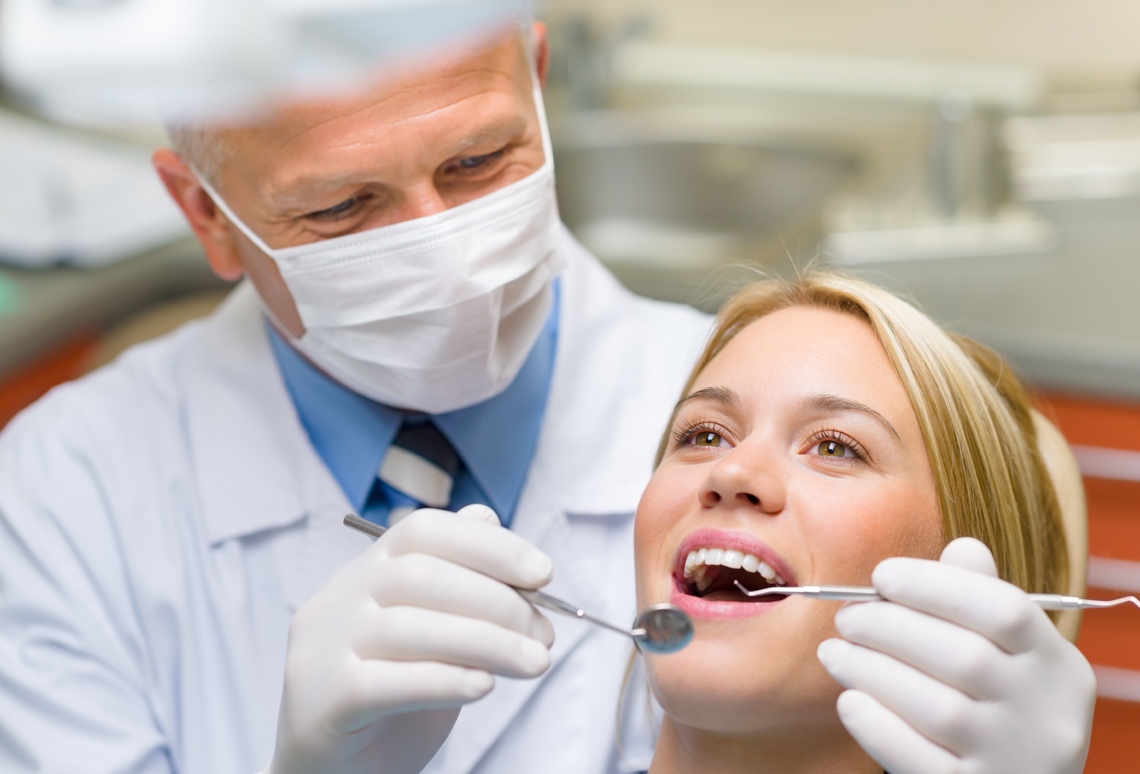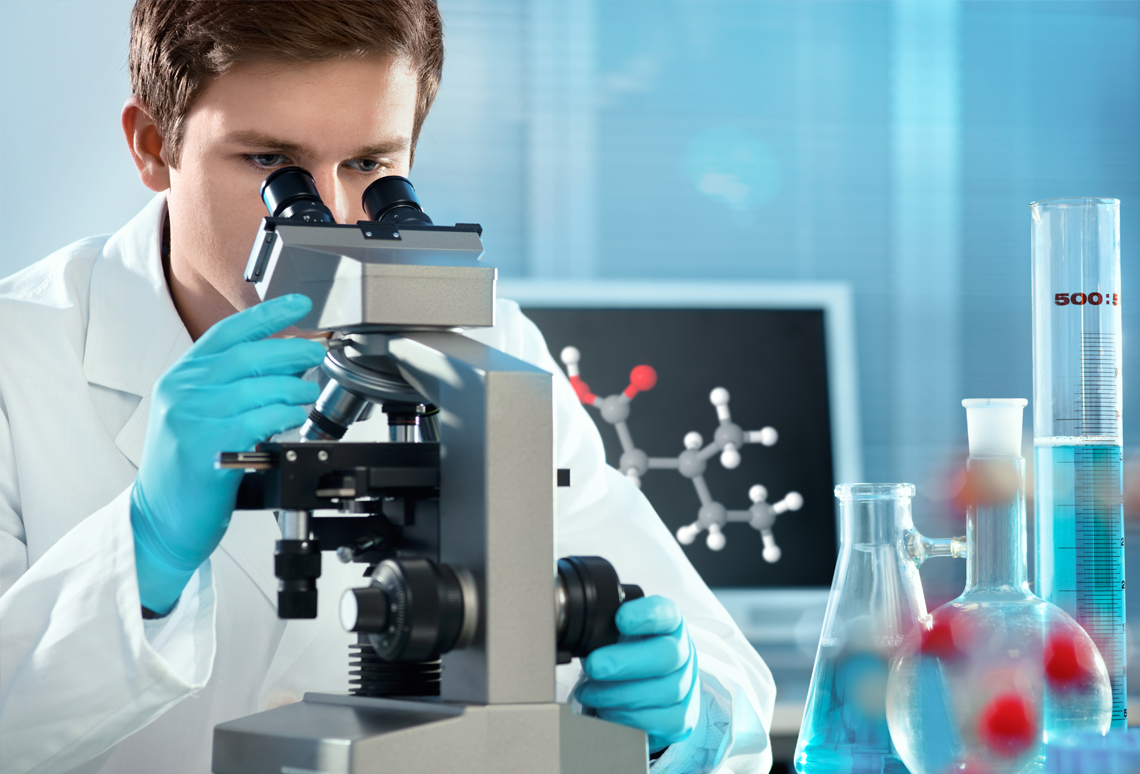Hair Growth Cycle
Find a Doctor
Are you starting to notice your hair is thinning? You may be wondering if this is just a result of the natural aging process or is it the beginning of female or male pattern baldness.
To better understand what is going on with your hair, doctors think it’s important for clients to know exactly how hair grows.
Everyone has a natural cycle of hair shedding. In fact, the average adult has approximately 100,000 strands of hair. But every day, about 100 of those strands fall out. This is a normal part of the shedding process, as these strands are replaced with new ones.
Think of this way: Hair is comprised of strings of keratin cells, which is a protein. The hair we see is actually dead keratin that has been pushed through the scalp by newly formed keratin cells.
Hair grows at a rate of about six inches each year, although that growth can be affected by stress, medical issues, or other factors. There are three phases of that growth cycle:
Anagen Phase: This is when the cells in the hair follicle divide, producing new hair fibers. This is referred to a the active or growth phase and the majority of our hair is usually in the anagen stage.
Catagen Phase: This is when the hair stops growing and beings to move into the final growth stage. This is also referred to as the transitional phase and can last approximately 10 days.
Telogen Phase: This is also referred to as the resting phase and usually lasts about three months. When this phase is completed, the old hair shaft will break off and begin to shed. This is when new hair begins its growth.
What Are the Factors That Can Affect Hair Growth?
There are many factors that can affect hair growth. Age is a definite factor, as well as factors like health, pregnancy, stress, or medications. Genetics can also play a major factor in hair growth. One of the most common hereditary conditions is androgenetic alopecia and it is what we often refer to as female or male pattern baldness.
Male pattern baldness usually begins with hair thinning around the temples and the crown of the head. The hair falls victim to the hormone dihydrotestosterone (DHT), which is responsible for causing hair loss.
When a woman begins to suffer hair loss, the hair thins all over the scalp. There are multiple potential factors for hair loss in women, including hormone level changes, aging, and menopause. Because the cause of hair loss can be more than just genetic and instead caused by some sort of health condition, it is always a good idea to visit your medical provider to rule out any of these conditions first.
Hair Transplantation
It is not possible to regrow hair when it is a permanent and progressive loss, however, hair transplant surgery may be an option. With this procedure, healthy hair follicles that are resistant to DHT are taken and transplanted into the balding or thinning areas.
To learn what your options may be for your hair loss issues, contact a hair restoration clinic today to meet with a hair loss specialist.
Resources:
Wikipedia, Hair Treatment




